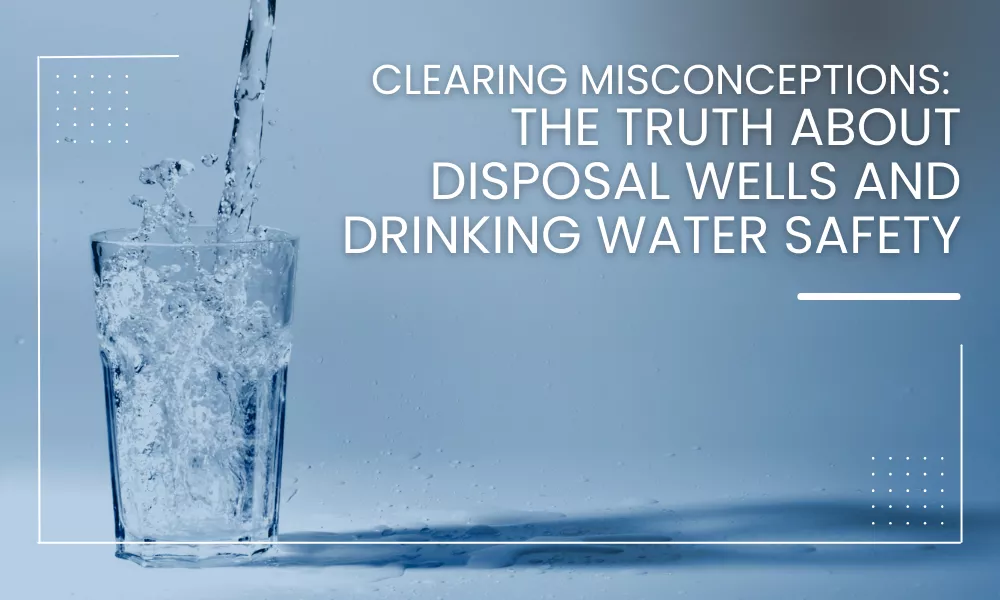In the energy industry, there’s a prevalent myth that disposal wells pose a threat to drinking water. This misconception often leads to concerns and opposition regarding their use. However, the reality of how disposal wells operate and are regulated tells a different story. In fact, when it comes to managing reverse osmosis waste, especially in areas like the Front Range, disposal wells are not only safe but also an environmentally sound solution.
The Design of Disposal Wells:
The key to understanding why disposal wells do not contaminate drinking water lies in their design. Disposal wells are constructed with multiple layers of steel casing, each encased in cement. This robust structure ensures that the well is sealed off from the surrounding environment, particularly the aquifers. The design is so effective that it creates a formidable barrier between the waste material and any groundwater sources.
Depth and Location:
Another important aspect is the depth at which disposal wells are located. Typically, these wells extend about two miles below the Earth’s surface, far deeper than most groundwater aquifers. This depth is crucial because it means that the waste is being injected into geological formations that are well isolated from any sources of drinking water.
Regulatory Oversight and Testing:
Disposal wells are not just left to operate unchecked. They are subject to stringent regulatory oversight, which includes periodic mechanical integrity testing. These tests are designed to ensure that the wells maintain their structural integrity over time. Governing authorities require these tests to prevent any potential leaks or failures that could impact the environment, including drinking water sources.
Supporting Environmental Regulations:
Operators in the industry not only comply with these regulations but also fully support them. The understanding is that these regulations are essential for ensuring that disposal wells serve their purpose without posing a risk to the environment or public health.
Conclusion:
The myth that disposal wells contaminate drinking water stems from a lack of understanding of their design, depth, and the regulatory framework that governs them. In reality, these wells represent a safe and effective method for disposing of waste, such as reverse osmosis waste, without endangering drinking water sources. By adhering to strict construction standards and regular testing, disposal wells can be a part of a responsible environmental management strategy in the energy industry.

